Whether you’re a solo practitioner or a group practice, having a professional and SEO-friendly website can be a game-changer in reaching your target audience. Think of your website as your digital storefront, a welcoming space where clients feel seen, safe, and ready to take the next step toward healing.
1. Define Your Target Audience
When it comes to web design for mental health therapists, clarity on your target audience is essential. Are you focusing on teens, families, or couples? Do you specialize in anxiety, trauma, or family therapy? When visitors come to your site, they should instantly know if your practice aligns with their needs. By clearly defining your niche and ensuring this comes across in the layout, images, and text on your website, you’re more likely to attract clients who feel that you “get” their struggles. At TME Brand Marketing, we often find that niche-specific language helps therapists build stronger connections online.
How to Define Your Target Audience
-
- Write it Down: Start with a simple list of your areas of expertise and the types of clients you feel most passionate about helping.
-
- Be Personal Yet Professional: Your site should reflect your personality without being too casual. Clients want to see that you’re both approachable and skilled.
2. Prioritize SEO Basics for Higher Visibility
Now, let’s dive into some SEO essentials! The concept of SEO (search engine optimization) might sound complex, but for mental health professionals, it’s as simple as ensuring the right people find you when they search terms like “therapist near me” or “web design for mental health therapists.” Here are some SEO basics tailored for your practice:
-
- Use Keywords Strategically: Incorporate keywords that reflect your services. For example, using phrases like “marketing company for psychologists” and “social media for therapists” on your homepage, about page, and service pages will help search engines recognize your specialty.
-
- Create Content for FAQs: Address common client questions like “How does therapy work?” and “What are the benefits of counseling?” by creating blog posts, FAQs, or service pages. This not only helps clients get to know you but also boosts your SEO.
-
- Optimize Images and Titles: Adding keywords to your image file names and meta descriptions can enhance search engine visibility. Keep it relevant and specific to your field.
SEO helps ensure you’re visible to those who need you most, allowing your site to work as a 24/7 marketing tool.
3. Design with User Experience in Mind
Your website should feel as welcoming as your therapy office. Here are a few UX (user experience) principles to keep in mind:
-
- Easy Navigation: Make it simple for clients to find key information, like service offerings, contact details, and therapist bios. Too many menus can be overwhelming—think clear and straightforward.
-
- Mobile-Friendly Design: Did you know that many clients are searching for therapists on their phones? A mobile-responsive site not only looks professional but also improves user experience and search rankings.
-
- Accessible and Inclusive: Small design choices can make a big impact in accessibility. Consider using high-contrast colors, alt text for images, and larger text options. Ensuring that everyone can navigate your site comfortably sends a message of inclusivity and care.
4. Be Authentic and Build Trust with Client-Focused Content
A warm, welcoming website can make all the difference in helping potential clients feel comfortable enough to take that first step. As a marketing company for psychologists, we often advise clients to use friendly, yet professional language. This can be woven into various parts of the site:
-
- Bios that Tell Your Story: Write an engaging bio that goes beyond just listing qualifications. Share why you’re passionate about your work, making it clear that you’re someone clients can feel comfortable talking to.
-
- Explain the Process: New clients might feel nervous about therapy. Including a page about “What to Expect” can ease anxieties and demystify the therapeutic process.
-
- Client Testimonials and Case Studies: With client permission, you can share anonymized testimonials or case studies to give prospective clients a glimpse into the positive changes you’ve helped create. It’s an effective way to build credibility.
5. Leverage Social Media for Therapists to Reach a Broader Audience
A website is essential, but social media for therapists can be another powerful tool. Social media helps you maintain an ongoing connection with potential and existing clients, while also sharing helpful insights and mental health tips.
Key Social Media Tips for Therapists
-
- Share Blog Content: Cross-post your website content on social platforms like Instagram, Facebook, or LinkedIn. This not only provides valuable information to followers but also encourages them to visit your website.
-
- Stay Professional Yet Relatable: Clients appreciate a therapist who feels real but professional. Share content that reflects your personality but maintains a therapeutic tone.
-
- Use Hashtags and Keywords: Phrases like “web design for mental health therapists” and “marketing company for psychologists” as hashtags can broaden your reach. It’s also helpful to use mental health-related hashtags that can connect you with specific communities.
6. Make It Easy for Clients to Contact You
Clients may leave your site if they can’t find contact information quickly. Having a dedicated contact page with your phone number, email address, and location is a must. For added accessibility, consider offering an online contact form or even a virtual scheduling tool, which can make reaching out more convenient for potential clients.
-
- Add Calls to Action (CTAs): Subtle yet clear CTAs like “Schedule an Appointment” or “Contact Us Today” throughout the website guide clients to the next step.
-
- Use a HIPAA-Compliant Contact Form: If you’re collecting information from clients, ensure it’s secure and HIPAA-compliant. Protecting client information builds trust from the start.
7. Showcase Your Unique Brand
Lastly, make sure your website reflects who you are and the services you offer. A website for a trauma-focused therapist may look different than one for a child psychologist. As a specialized marketing company for psychologists, we focus on capturing what makes each practice unique.
Tips for Branding Your Therapy Website
-
- Select a Color Scheme and Fonts: Use calming colors, like blues or greens, that align with mental health and a relaxing experience. Avoid overly bright or bold colors that may feel jarring.
-
- Incorporate Your Logo: Your logo should be visible on the main header, footer, and possibly even on watermarked images. If you don’t have a logo, now might be a great time to invest in one.
-
- Choose Professional Photos: Photos of your office, a welcoming space, or serene outdoor scenes can all help create a sense of calm.
8. Regularly Update Your Website for Continued Success
Keeping your website fresh and current shows clients you’re active and engaged. A regularly updated blog, refreshed therapist bios, or new testimonials are small changes that make a big difference in connecting with clients.
________________
A professional, SEO-friendly website is a cornerstone for attracting and engaging clients. As TME Brand Marketing, we’re passionate about providing web design for mental health therapists that not only looks great but also performs well in searches. By focusing on your unique services, crafting user-friendly pages, and leveraging social media for therapists, you can build a strong digital presence that draws in the right clients.
Are you ready to take the first step? Whether it’s creating a new site or refreshing your current one, we’re here to help you bring your vision to life, one page at a time.

